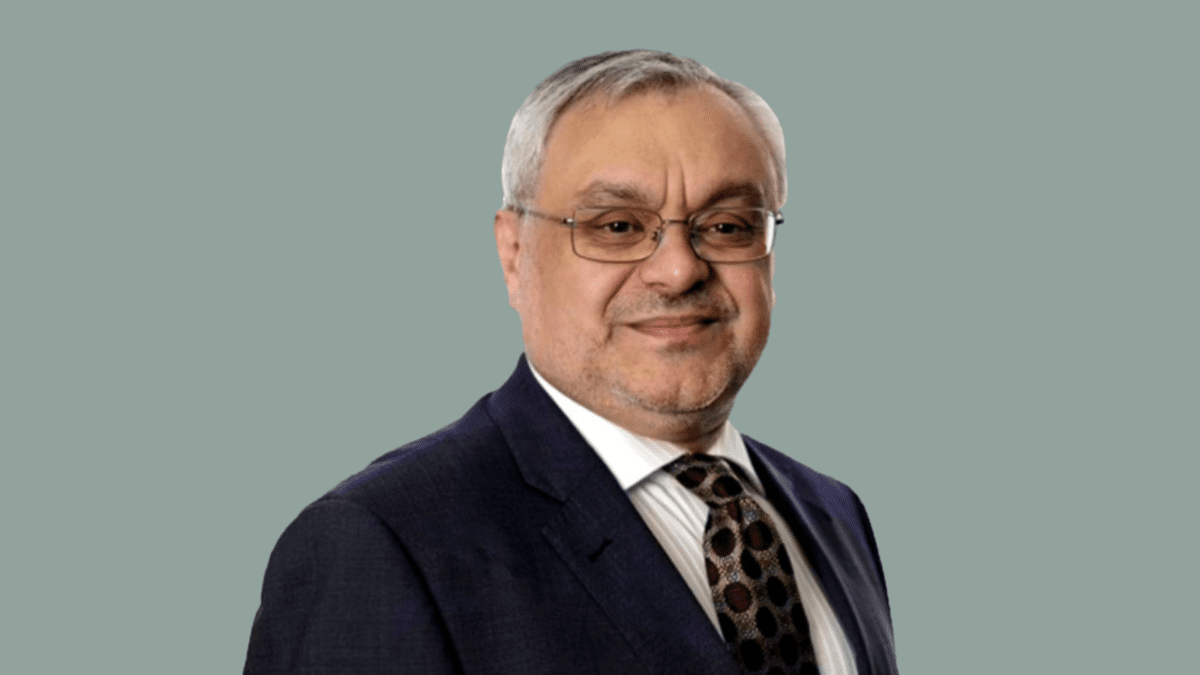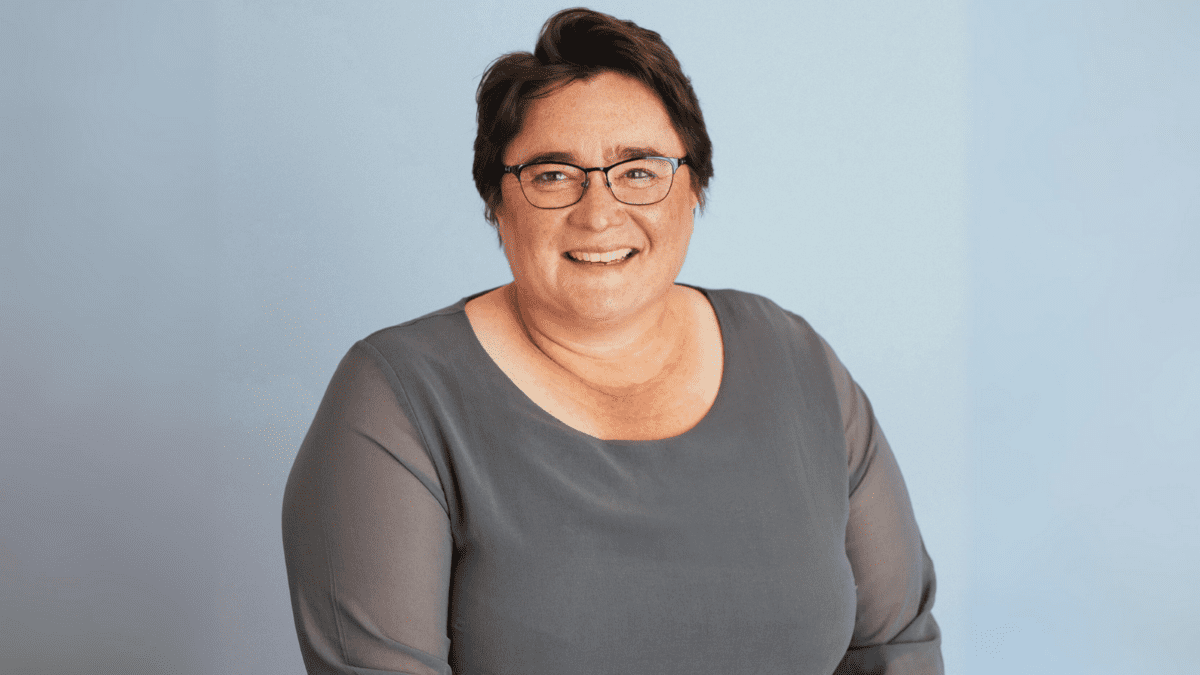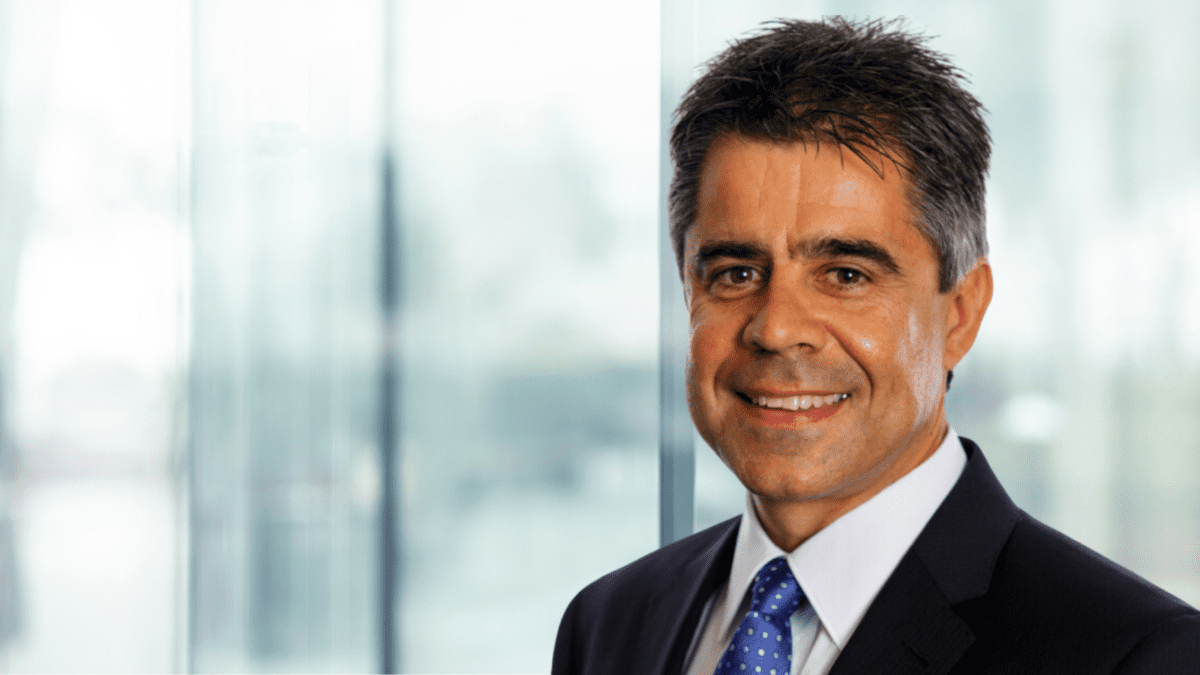SMSF investors flock to longer term deposits, but Aussie equities still reign
SMSF trustees are wary of locking in short-term deposits, opting to keep reserves of cash instead of locking away more attractive deposit rates for deals greater than 12 months, according to data released from SMSF administrator SuperConcepts.
The group surveyed over 4,000 of the funds under its administration, with assets exceeding $7 billion as at December 31, 2022, to gain insights into the current investment habits of trustees.
According to Philip La Greca, SuperConcepts’ executive manager, technical and strategic solutions, investors are keen on locking away increased returns for longer term deposits, yet short-term rates remain underwhelming.
“We’ve seen a 10 per cent lift in extended term deposits during Q4 2022,” La Greca said, “and it would appear short-term term deposits are still unattractive for investors.”
The amount of term deposits in SMSFs of under one year duration stayed flat over 2022 at 0.1 per cent, with cash the vastly preferred liquidity option at 11.9 per cent of holdings.
Directly held term deposits over one year duration, on the other hand, increased in popularity in the fixed-interest category on the back of increased returns, up from 1.8 per cent in March 2022 to 2.1 per cent at the end of the year.
Commonwealth Bank is currently offering 3.68 per cent for eight-month term deposits and 4 per cent for 12 months. Westpac is offering 2 per cent on a six-month term and between 3.35 per cent and 4.1 per cent on 12 months, depending on conditions.
Aussie equities on top
The backbone of SMSF investment accounts remains Australian equities, which comprise 38.3 per cent of total holdings.
Direct equity holdings are still the most common way to access Australian shares in SMSFs, the research notes, despite dropping from 30.3 per cent in December to 31.2 per cent in March. Equities held in managed funds also decreased, from 6.3 per cent to 5.3 per cent.
Though still a small part of the overall spectrum, ETFs gained in popularity with SMSF holders, up from 1.5 per cent to 2 per cent of total holdings in the nine-month period.
While low-cost access to the diversification benefits of pooled investment options was a factor in this shift toward ETFs, SuperConcepts noted the effect of changing demographics as well.
“With the decreasing average age for an SMSF trustee, expect to see significant change in the allocation of investments aligned to a younger demographic in the upcoming years,” the report noted.









